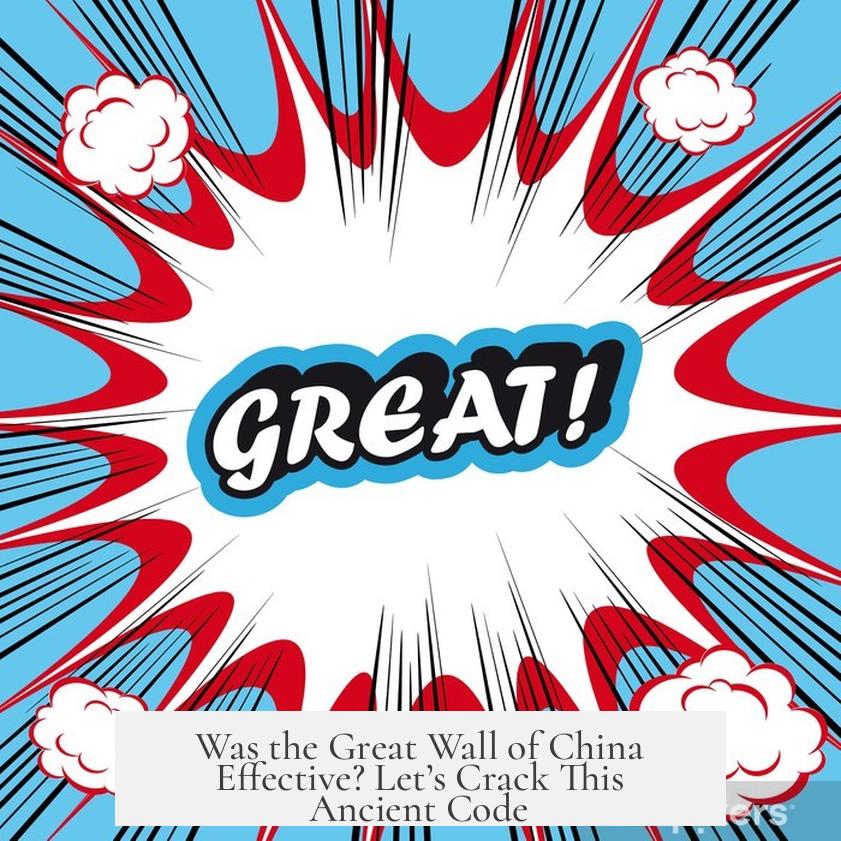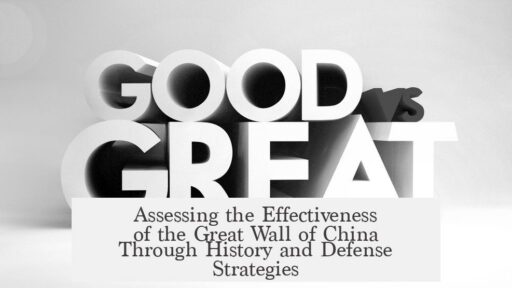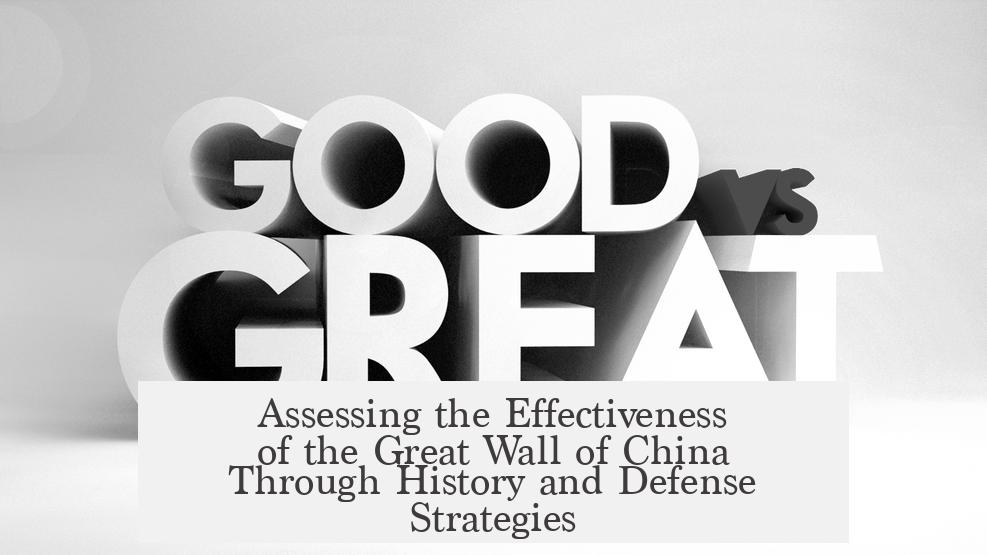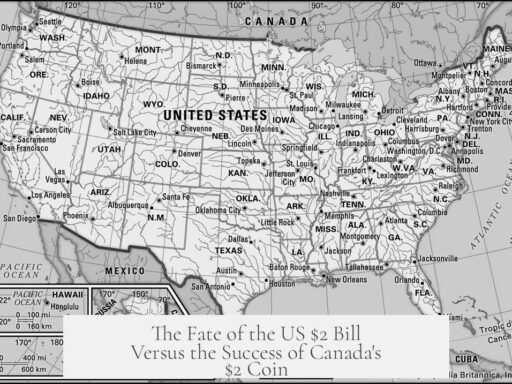The Great Wall of China was effective primarily as a deterrent and delaying barrier rather than an impenetrable defense. Built mainly during the Ming Dynasty to prevent steppe raiders and invasions, the Wall succeeded in protecting territories by forcing attackers to overcome logistical difficulties and allowing Chinese forces time to respond. Its overall effectiveness varied greatly depending on military readiness and dynastic stability.
The Ming Dynasty constructed the Wall to halt raids from nomadic groups, particularly the Mongols and later the Manchus. While Manchu forces began raiding south of the Wall after the 1620s, they failed to occupy territory permanently due to supply and sustainability challenges. The Ming dynasty itself eventually collapsed due to internal problems rather than external conquest. The Manchus crossed the Wall only after the fall of the Ming regime.
The physical structure of the Wall was not uniform in strength. Most sections consisted of earthen ramparts that were vulnerable to breaches by cavalry forces using tactics like digging. The defensive effectiveness depended largely on the troops stationed along the Wall. When the army was well-organized and disciplined, the Wall could delay raids and provide critical time for counterattacks.
- During periods of dynastic decline or corruption, such as the Ming Jiajing period, armies often failed to hold strategic passes effectively.
- Raiding forces sometimes bypassed or breached weak points, exploiting gaps in military defense rather than the Wall itself.
- The Wall functioned best when combined with active, timely military response rather than as a standalone fortress.
In summary:
| Aspect | Effectiveness |
|---|---|
| Deterrence of steppe raiders | Generally successful, especially during strong military periods |
| Physical barrier strength | Varied; many sections weak and penetrable |
| Military coordination | Key factor in delaying and repelling attacks |
| Protection of dynasty stability | Limited; internal collapse often more decisive than invasions |
The Great Wall’s role was not absolute defense but a strategic buffer. It bought critical time and reduced invasion risks. The Wall’s impact depended heavily on the supporting army’s strength and overall political stability.
Was the Great Wall of China Effective? Let’s Crack This Ancient Code

The Great Wall of China was effective, especially as a strategic deterrent built by the Ming dynasty to keep steppe raiders at bay and prevent a full steppe conquest. But—and there’s a big but here—its effectiveness wasn’t just about the bricks and earth. It hinged heavily on the army that guarded it and the state of the ruling dynasty. Let’s unpack this fascinating piece of history with a fresh angle and some juicy details.
Imagine the Great Wall not as a flawless, impenetrable fortress, but more like a moody guardian dog. Sometimes it growled fiercely, warding off threats effectively, and other times it napped while the foes slipped inside. That’s the tricky story behind this colossal structure.
The Ming Dynasty’s Guard Dog: Deterrence and Defense
The Great Wall we usually think of today largely belongs to the Ming dynasty, which began rewriting the wall’s history with a clear mission: deter nomadic cavalry raids from the north, mostly the Mongols and later the Manchus. From their perspective, the Wall was like a giant ‘keep out’ sign stretched across thousands of miles.
Historians point out that the Ming were mostly successful. The Wall slowed down raiders enough to prevent large-scale steppe conquests. Take the Manchu raids after the 1620s, for example. Although these incursions tested the Wall’s defenses, the logistical nightmare of maintaining armies south of it meant the Manchus couldn’t hold captured lands. The barrier bought crucial time. Strategic delays allowed Chinese forces to regroup, just like a goalie buying seconds for the defense to form.
And here’s a kicker: the Ming Empire didn’t collapse because invaders smashed through the Wall. They stumbled due to internal chaos. The Manchus actually crossed the Great Wall after the dynasty had already weakened internally, like thieves sneaking into an unlocked house rather than breaking down the heavy front door.
Army or Wall? The Real Power Lies in Soldiers

Don’t get too starry-eyed thinking the Wall was a magical barrier on its own. Most sections were earthen walls that pale compared to the dazzling stone fortresses you might imagine. A skilled, fast-moving Mongol cavalry could still dig breaches or bypass vulnerable sections. The Wall’s physical presence was, frankly, just one piece of the puzzle.
The actual defense depended on the quality and discipline of the army guarding it. Picture the Wall like a high fence around a house: it might delay an intruder, but without a vigilant guard dog or alarm system, it’s not much of a deterrent.
During times of strength and military organization, the defenders capitalized on that time bought by the Wall—responding with counterattacks and pushing back invaders. But let the dynasty slip into corruption or confusion, and the Wall’s defense crumbled. Raiders would simply demolish a segment, then roll into the countryside without much resistance.
A historical example is the Jiajing period of the Ming dynasty, which was riddled with internal weakness. Many famous passes, those critical choke points along the Wall, were bypassed. Instead of active defenses outside the fortifications, the soldiers huddled inside castles, leaving large gaps in security. This passive stance reduced the Wall’s effectiveness to that of a glorified barricade.
Can a Wall Alone Save an Empire?
Here’s a question to ponder: if the Wall had been manned by elite, well-organized troops throughout history, would it have fully prevented invasions? Probably not, but it could have made life far harder for attackers. The Great Wall slowed down invading forces, forced them into narrower attack points, and bought valuable time for Ming reinforcements.
Think about it like a firewall in your computer. The firewall doesn’t stop all attacks, but it filters, delays, and gives you a chance to respond. Similarly, the Wall was a strategic tool to delay, weaken, and expose the enemy rather than a standalone fortress that repelled all threats instantly.
What Can Modern Defenders Learn from the Great Wall?

Patience and preparation matter. Defenses—whether physical walls or cyber shields—are only as good as what lies behind them: alertness, preparedness, strong leadership. The Great Wall teaches that no matter how grand the structure, human factors dominate outcomes.
So, should we marvel at the Great Wall for its effectiveness? Absolutely. It was a monumental project that symbolized China’s efforts to protect sovereignty and culture from nomadic threats. Was it perfect? Far from it. Its success rose and fell with dynastic stability and military strength. This complex history reminds us defenses aren’t just about stone and earth but also about people and politics.
Final Takeaway: The Wall’s Effectiveness Was Dynamic
Was the Great Wall effective? Yes, especially during stable times with disciplined armies, the Wall acted as a vital line of defense, deterring raids and buy time for counterattacks. However, its success relied less on sheer physicality and more on the political and military strength behind it. When leadership faltered, even the strongest walls couldn’t hold back the tide.
In the grand scheme, the Wall served as a buffer, a warning system, and a strategic fence that shaped Chinese history. It wasn’t an invincible barrier—it was a symbol of resilience that did its job well, most of the time.
Next time you picture the Great Wall, think beyond its bricks. See it as a frontier where human will, military prowess, and political stability played starring roles. After all, even the Great Wall needs a great guard.
Was the Great Wall effective in stopping the Mongol raids during the Ming Dynasty?
The Great Wall mostly deterred Mongol raids, delaying their attacks. However, its success depended on army readiness. When troops were strong, the wall gave time to organize defenses. If the army was weak, raiders breached it easily.
Why could the Manchu cross the Great Wall despite its defenses?
The Manchu crossed the wall mainly after the Ming Dynasty weakened internally. The wall slowed them, but it was domestic instability that allowed the Manchu to invade. The wall alone did not fail; the dynasty did.
Did the Great Wall fully prevent invasions in all periods?
No. During corrupt or chaotic times, the wall’s defenses were weak. Raiders bypassed or broke parts of the wall. The army often stayed inside castles rather than stopping invaders outside.
How did the wall’s structure affect its defensive power?
Most of the wall was made of earth and lightly defended. Cavalry could dig through or bypass it if the army was not alert. Solid defense and active troop engagement were essential for its effectiveness.
Was the Great Wall more about defense or warning?
The wall acted as a line to delay enemies, giving the army time to prepare. It was not just a barrier but also a tool to spot and slow down raids, allowing counterattacks to be organized.




